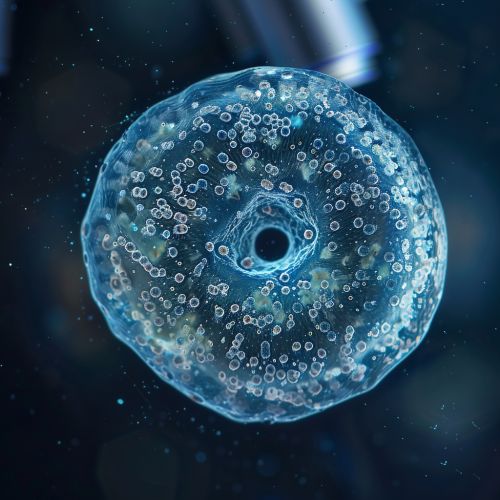C-value paradox
Introduction
The C-value paradox is a biological puzzle first identified in the 1970s that refers to the discrepancy between an organism's genome size, or C-value, and its perceived complexity or evolutionary status. This paradox has been a subject of intense study and debate among geneticists and evolutionary biologists, as it challenges traditional understandings of genome organization and function.
The C-value
The C-value, or constant value, refers to the amount of DNA contained within a haploid nucleus (in eukaryotes) or a haploid cell (in prokaryotes). It is typically measured in picograms and can vary significantly among different organisms. For example, the human genome has a C-value of approximately 3.2 picograms, while the genome of the amoeba Amoeba dubia has a C-value of around 670 picograms, over 200 times larger.


Discovery of the Paradox
The C-value paradox was first identified when researchers noticed that genome size does not correlate with organismal complexity. This was surprising, as it was initially assumed that more complex organisms would require more genetic information and thus have larger genomes. However, many simple organisms, such as some species of amoeba and onion, have much larger genomes than humans, leading to the question of why this extra DNA is present and what function it serves.
Non-coding DNA and the Paradox
A significant portion of the DNA in eukaryotic genomes does not code for proteins. This non-coding DNA was initially termed "junk DNA" as it was thought to have no function. However, it is now understood that much of this DNA has regulatory roles, influencing when and where genes are expressed. Despite this, the amount of non-coding DNA varies greatly among species, and this variation does not appear to correlate with organismal complexity, contributing to the C-value paradox.
Theories and Explanations
Several theories have been proposed to explain the C-value paradox. One of the most widely accepted is the selfish DNA theory, which suggests that much of the non-coding DNA is parasitic, replicating itself within the genome without providing any benefit to the organism. Other theories propose that the extra DNA has a structural role, helping to maintain the integrity of the chromosomes, or that it provides a reservoir of genetic material that can be used for evolution by natural selection.
Implications for Evolution and Genetics
The C-value paradox has significant implications for our understanding of evolution and genetics. It challenges the traditional view that more complex organisms have larger genomes, and suggests that much of the genome may be made up of non-functional or parasitic DNA. This has led to a re-evaluation of the role of non-coding DNA and has spurred research into the function and evolution of these regions of the genome.
